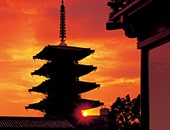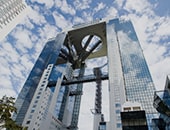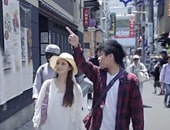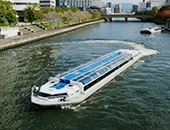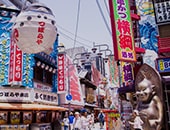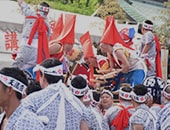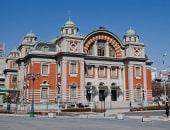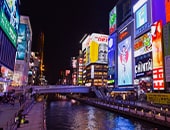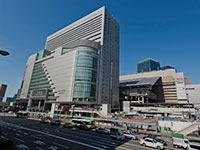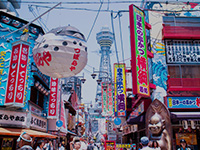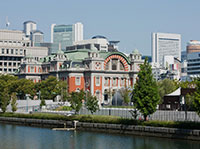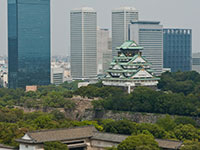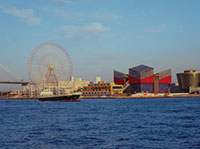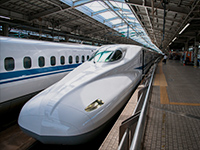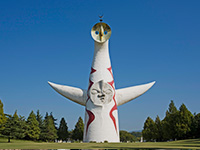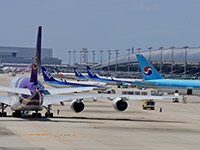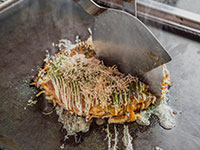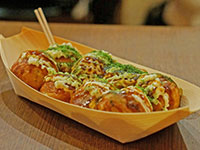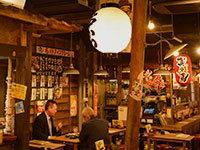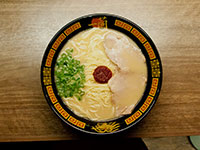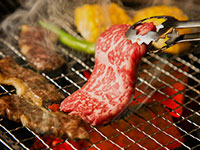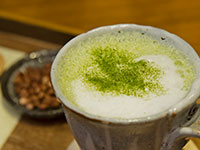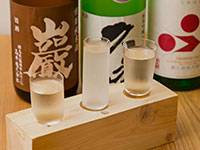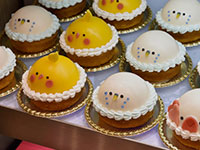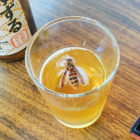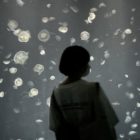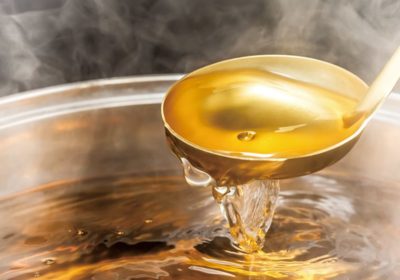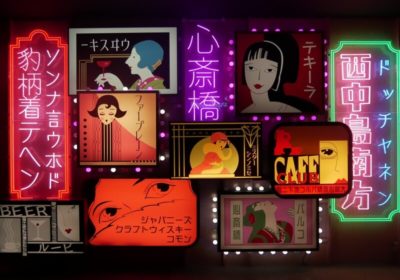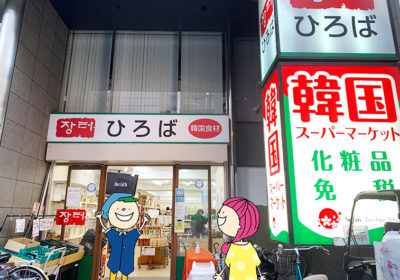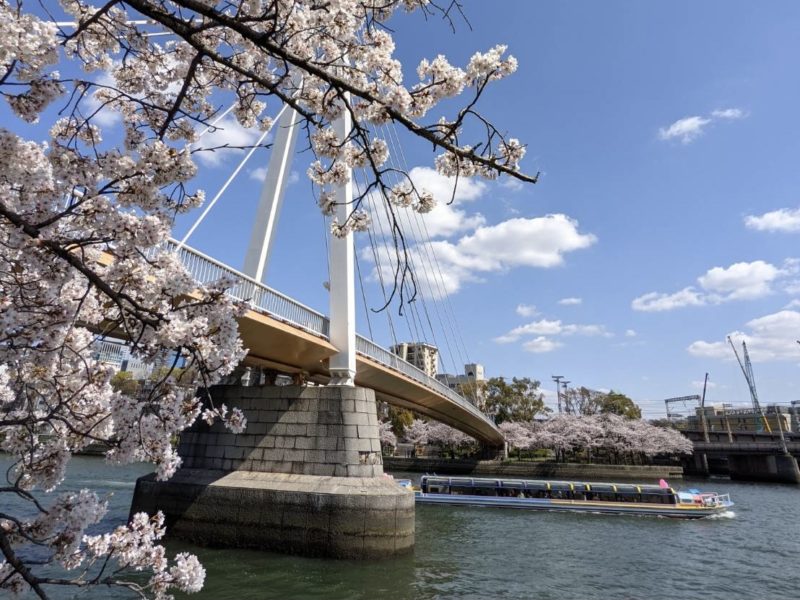

Supporter
4.2km of pink! Riverside sakura in Osaka
Cherry blossom season comes and goes so quickly. And there is one Osaka sakura spot that you just can’t miss!
The 4.2 km stretch of cherry trees along the Ōkawa is absolutely stunning in spring! It is my number 1, go-to, must see, recommended, bring your friends, this is the best place to see cherry blossoms in Osaka!!! Here’s why…
■Okawa Perks
Sakura pink paints a line down both sides of the Ō River with big city buildings in the background. The scenery is gorgeous and throngs of people are drawn to the riverside for picnics and strolls under the flowering cherry trees.
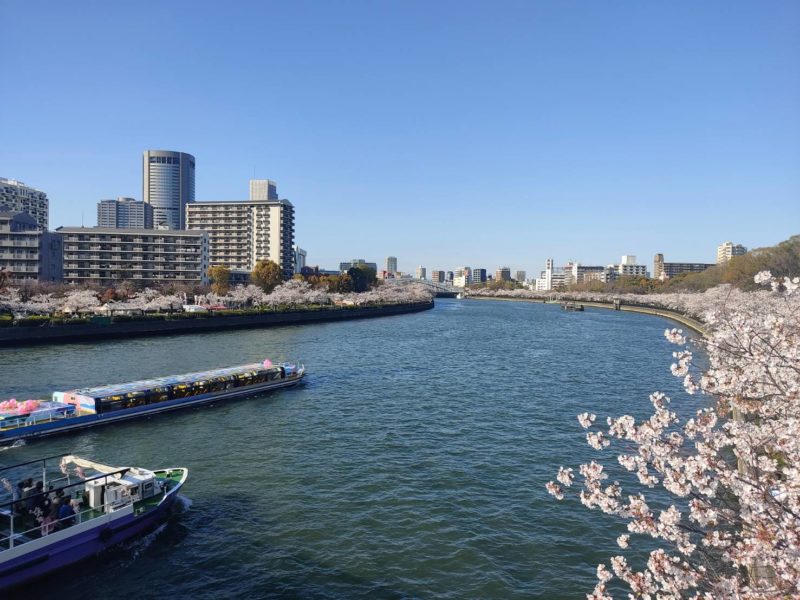
It is such a popular place that rows of food stalls are set up during sakura season. Grab a dish of yakisoba (fried noodles), snack on baby castella (bite-sized cakes), or pick your favorite french fry seasoning on some steaming hot fries.
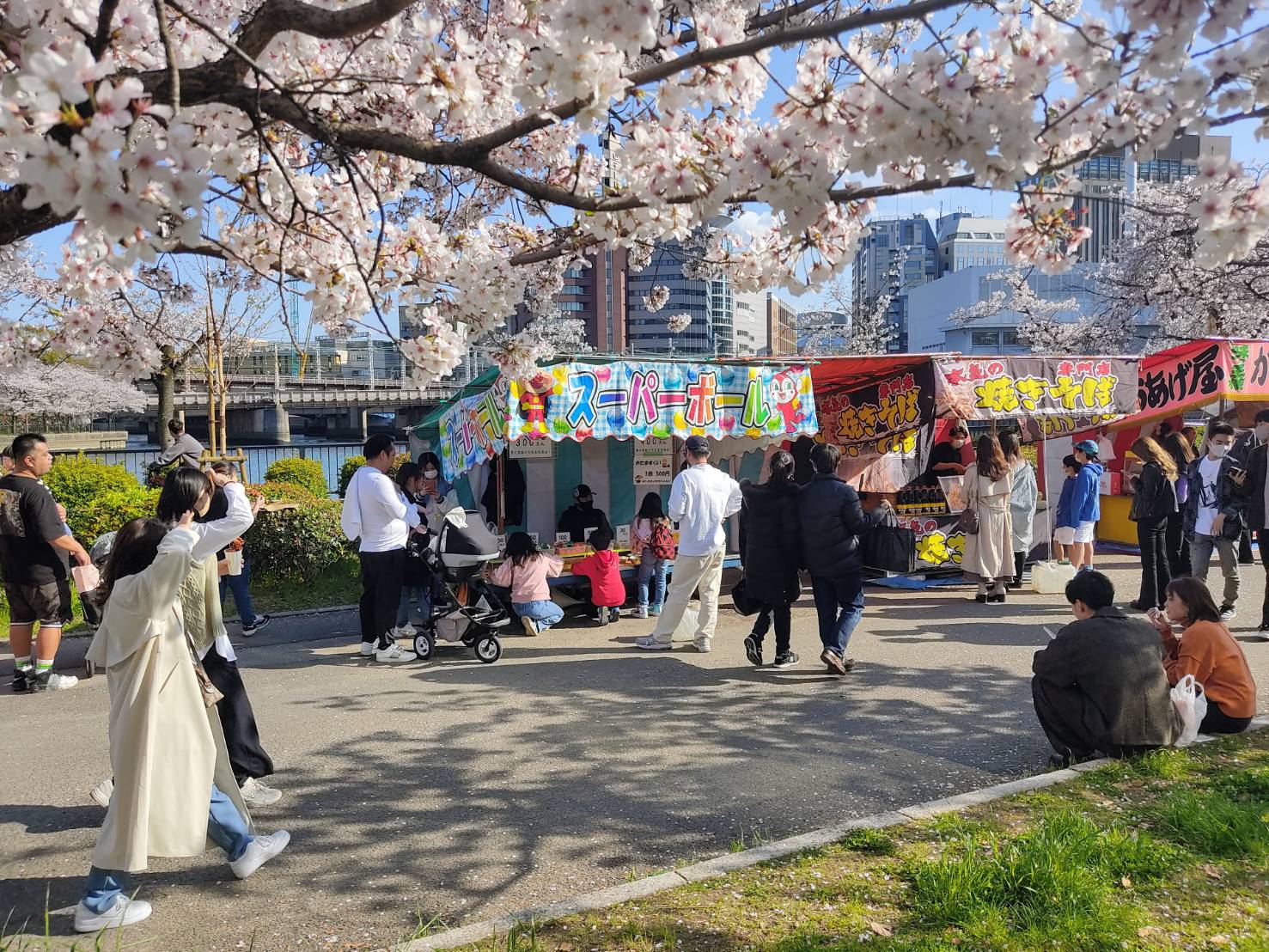
There are so many foods to choose from and the set-up is just like what you’d see at a Japanese festival. Even the game stands were here! For a few hundred yen, see how many bouncy balls you can scoop out of the water and win a prize.
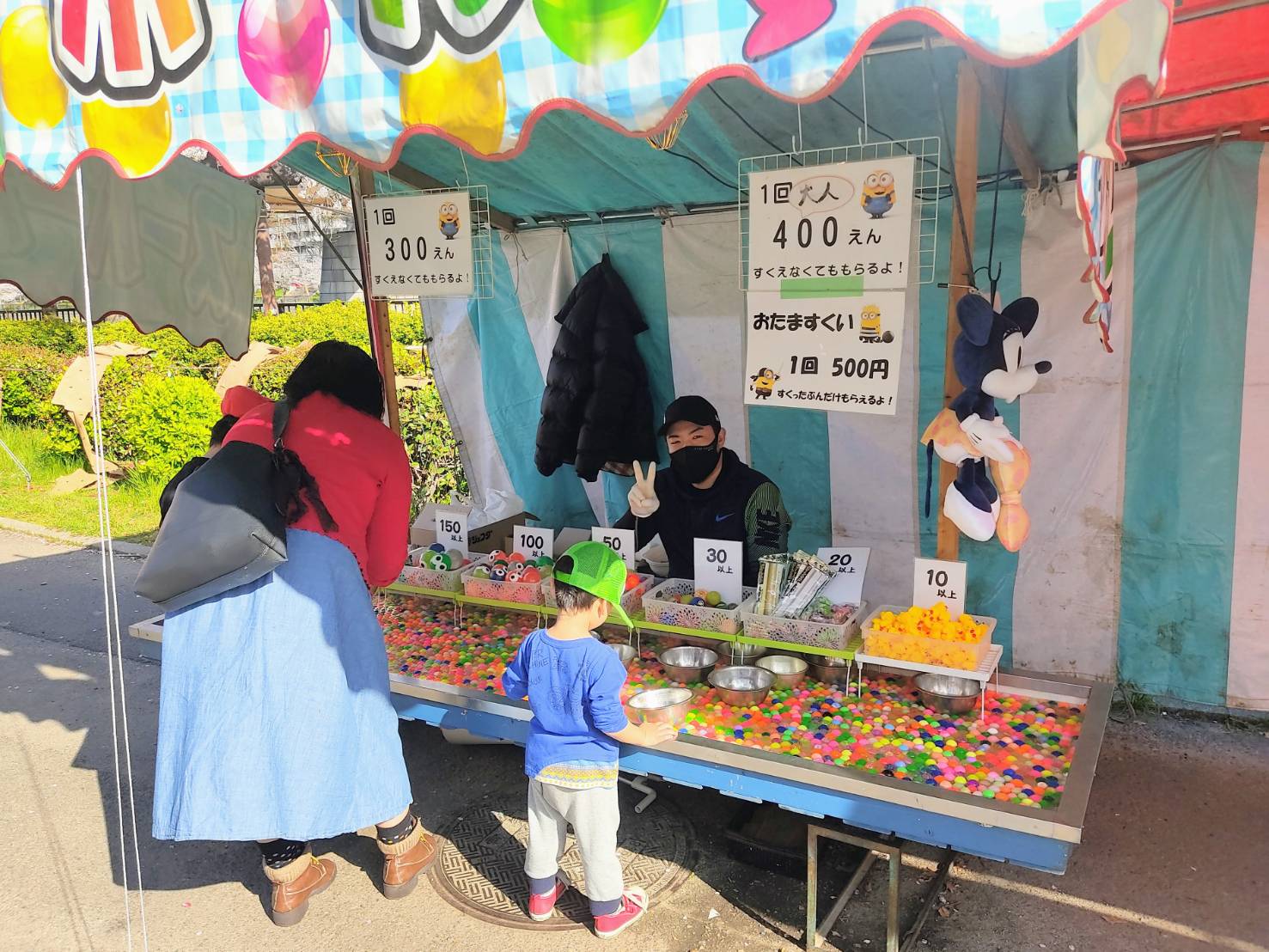
(Pro-tip: Bring cash if you’re planning to patronize the food stands.)
Packing a picnic is great, but for something easy, fresh, and hot, definitely eat here. Some of the stands even have tables and tatami mats set up for customers to relax and enjoy their meals.
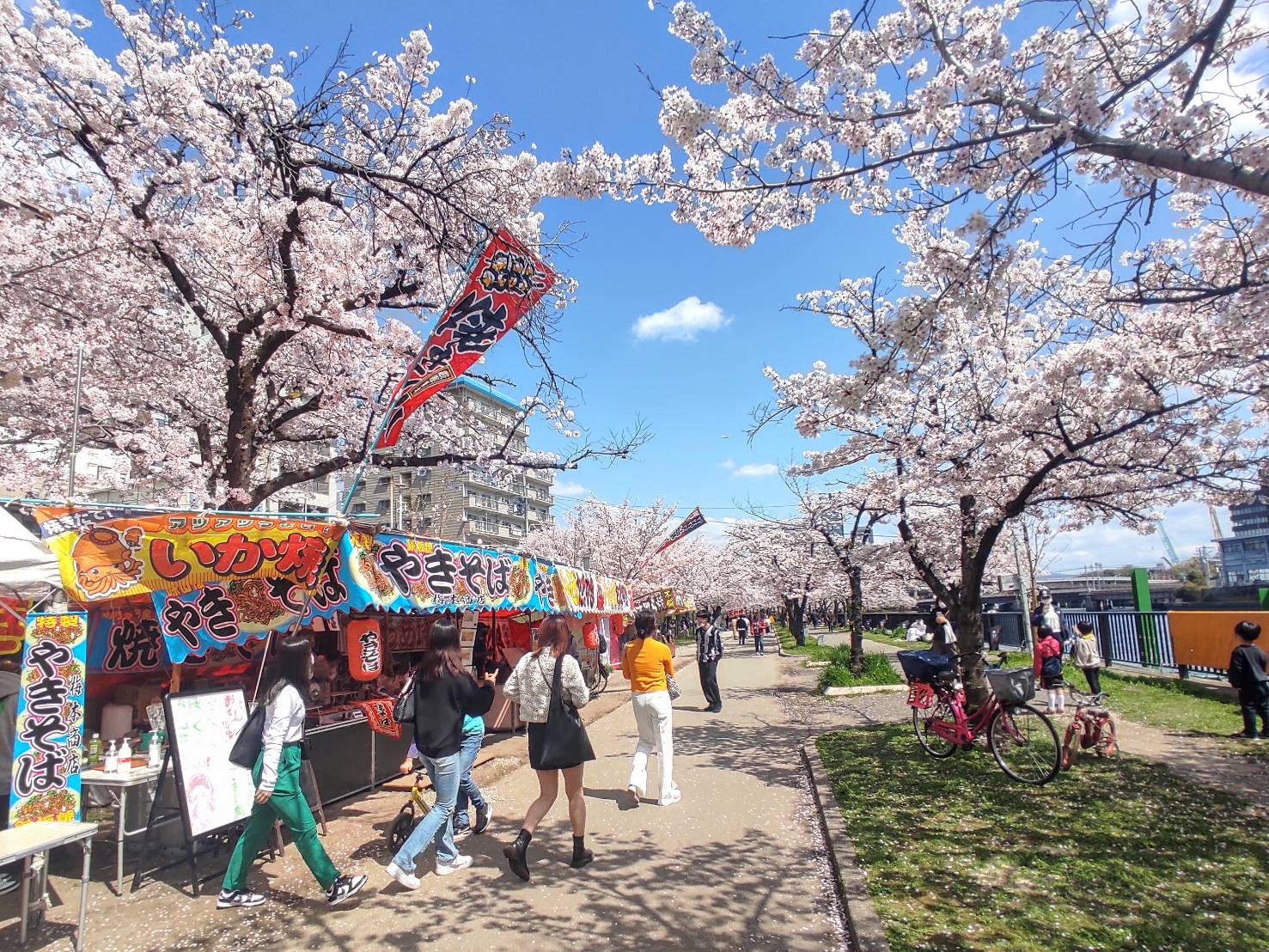
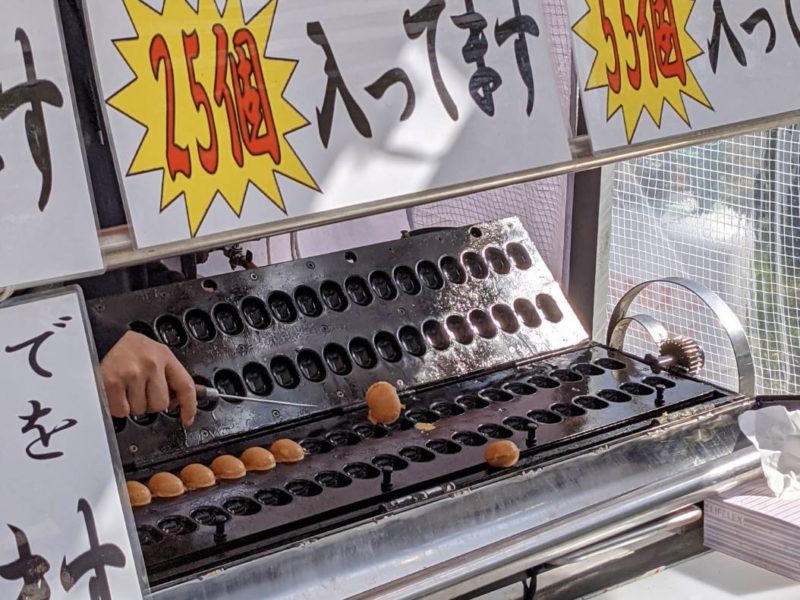
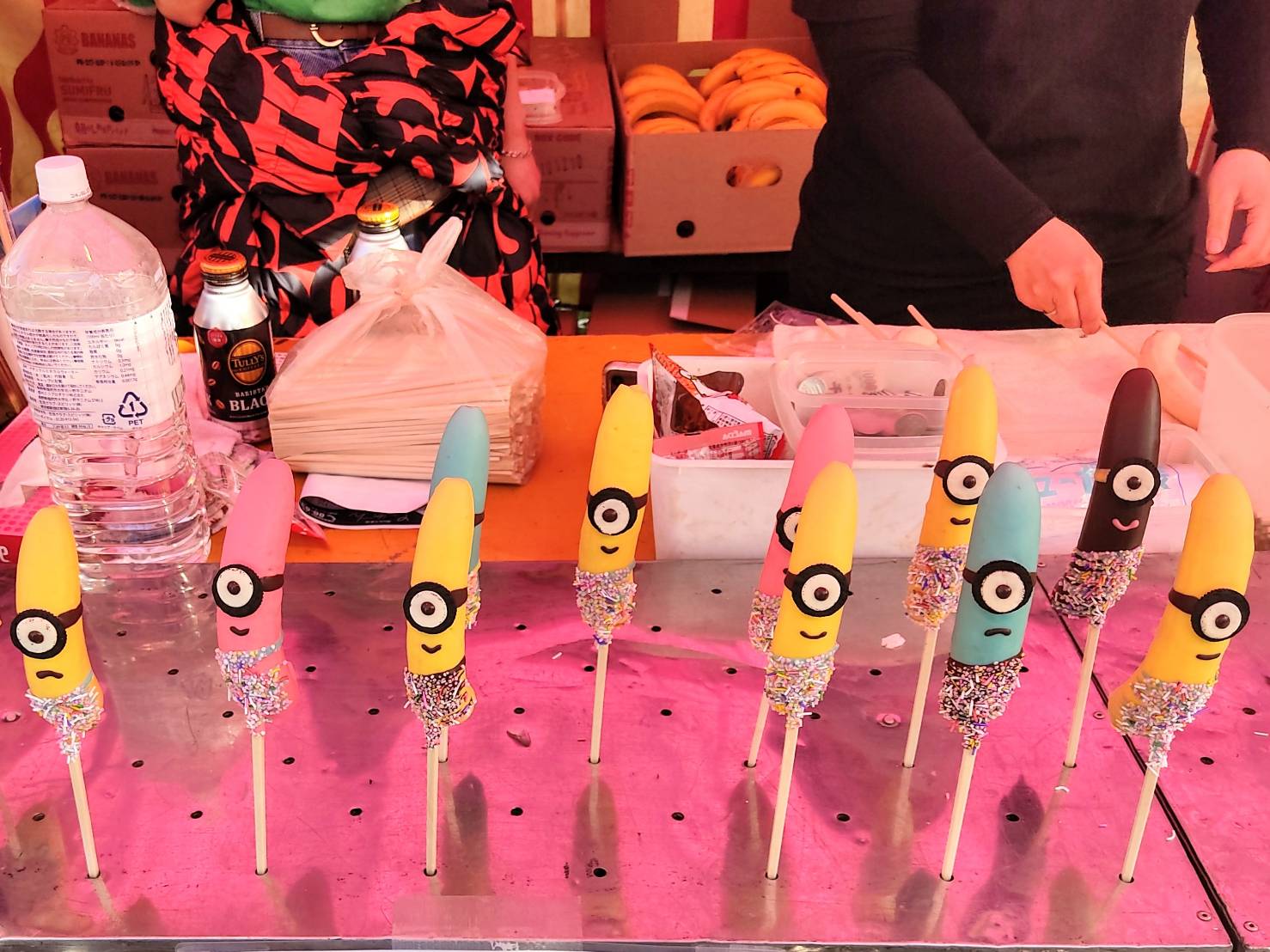
There are two parks along the river, Kema Sakuranomiya Park and Minamitenma Park on the North side of Tenmabashi. Technically speaking, the whole riverside is a sprawling green park, but if you’re looking for slides, swings, and a few park benches—these are the spots to go.
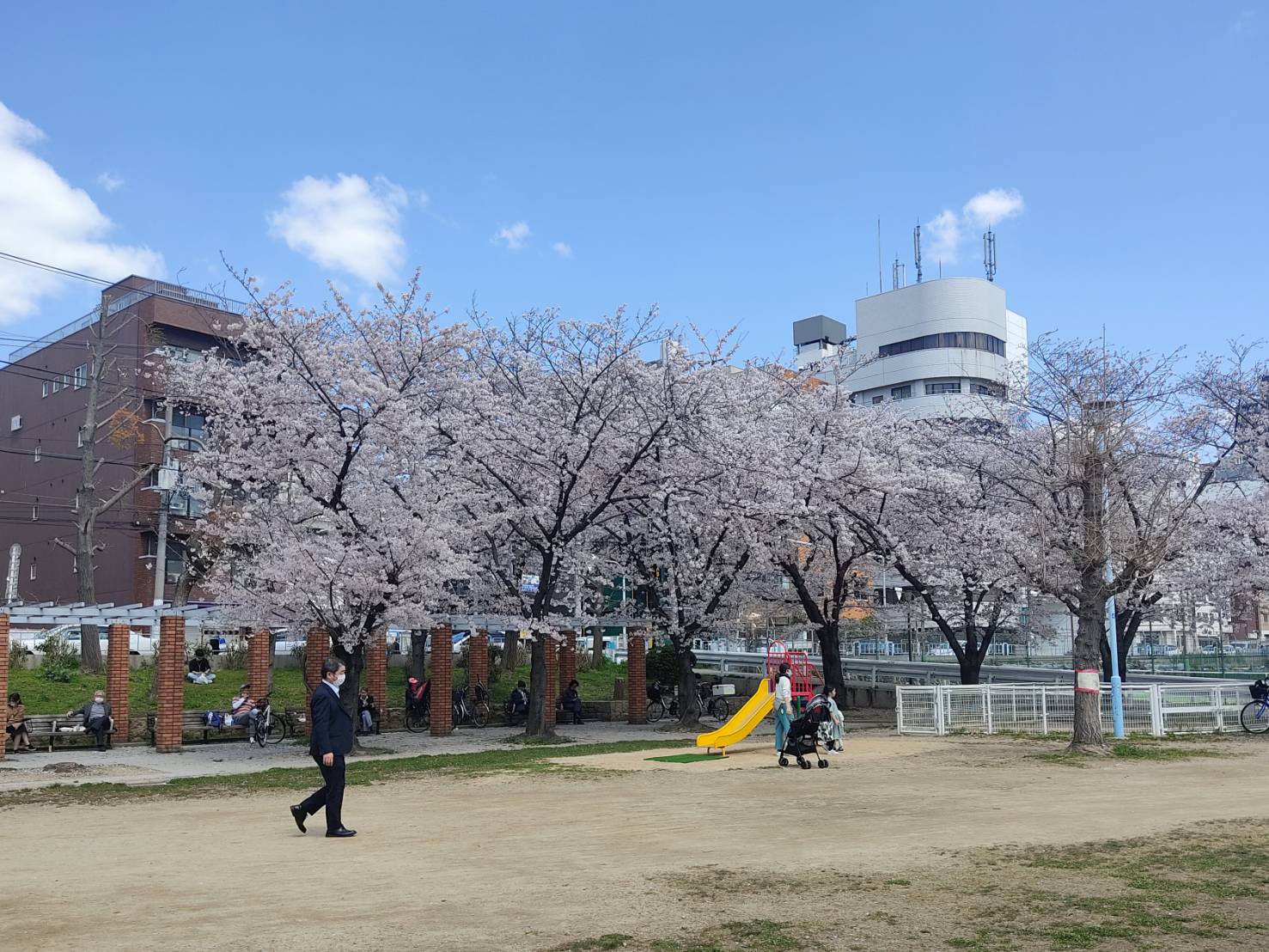
The riverside is also dotted with patches of green grass, so even if it’s crowded when you arrive, just walk a little further and you’ll find a place to lay down your tarp. Unlike small local parks, you do not need to arrive hours early to claim a spot. The riverside stretches for so long, you will find a place to sit.
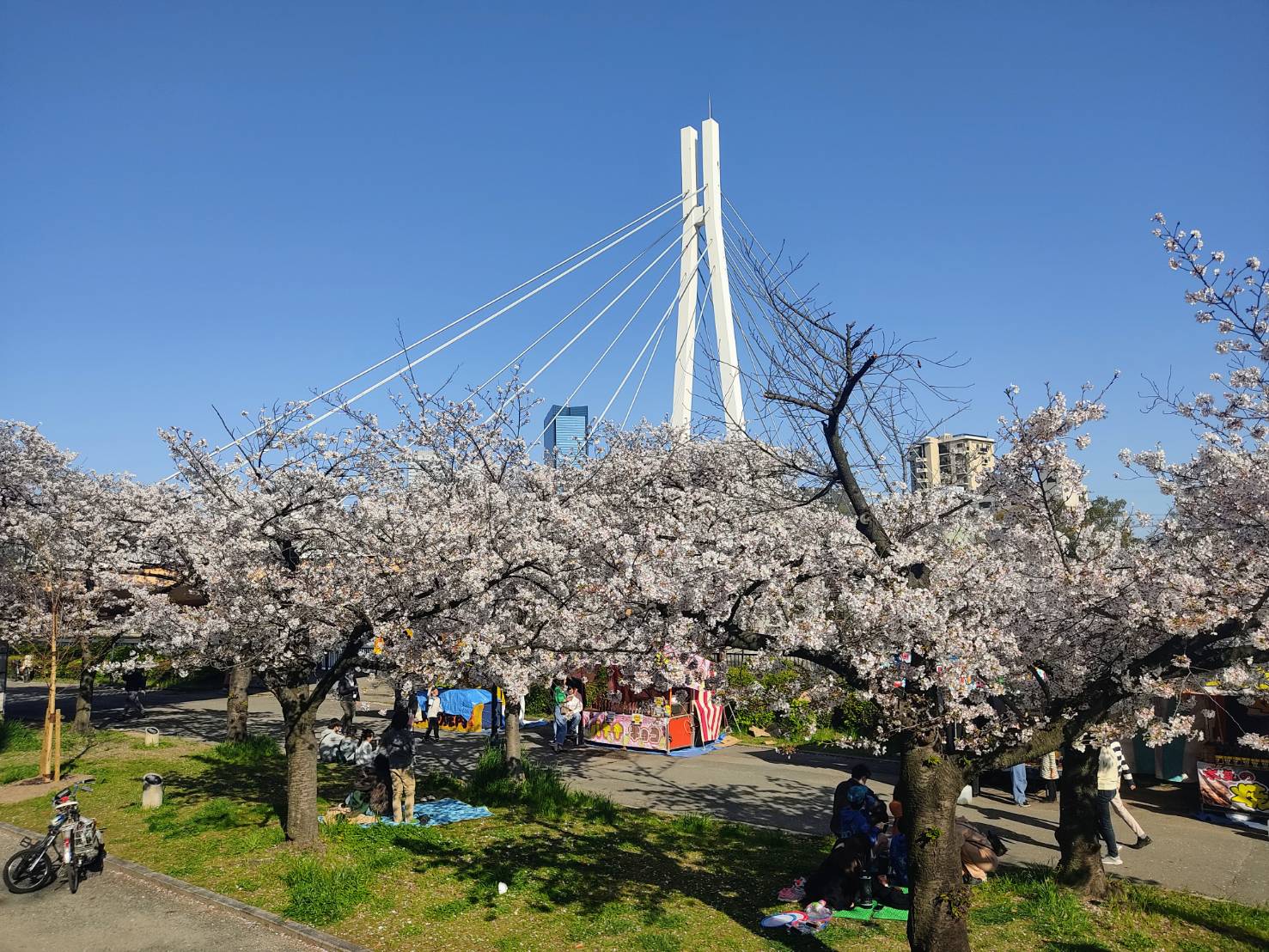
And, did I mention you can see Osaka Castle? Yes, you can see Osaka Castle! It’s not the up-close view you would get from the castle gardens, but there are a handful of spots where you can peer beyond the river and glimpse the castle keep. I recommend the west bank near Kawasaki Bridge.
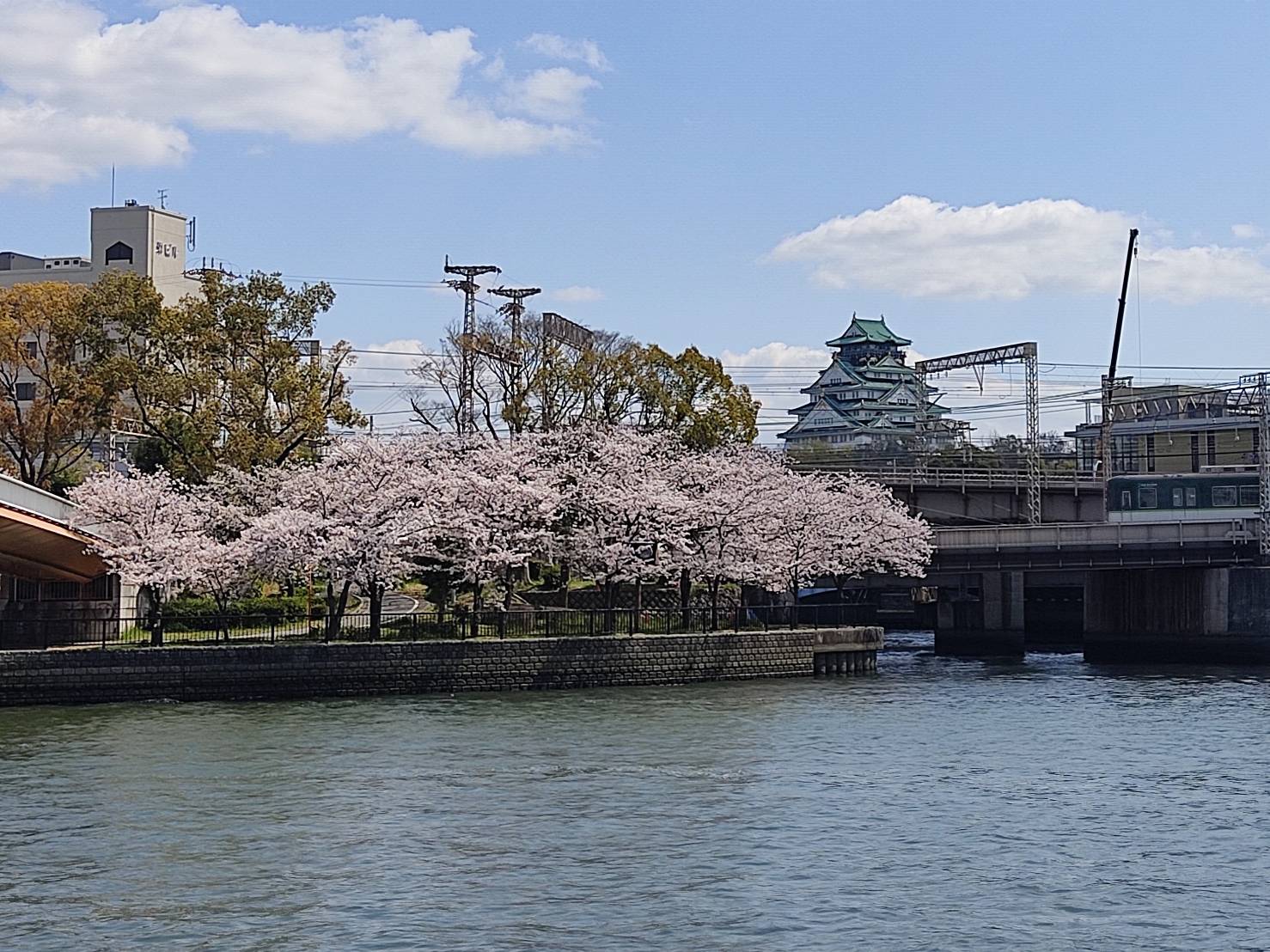
This is also a great spot for ya-zakura (night-time sakura viewing)! Normally, the trees are lit from below, creating a stunning evening look for the pink blossoms and extending picnic hours. Sadly, the evening cherry-tree light up has been cancelled each season since the beginning of Covid (current as of 2022). One can always hope for next year!
■ Sakura River Cruises
Since the sakura trees are spread along the banks of a river, take in the beauty from a boat! You’ll get a fresh perspective and it’s a convenient way to see the whole length of the park.

Take your pick of the amphibious Osaka Duck Tour, the luxurious Himawari, the cozy Camome, or one of the many many others that ferry guests up and down one of Osaka’s most breathtaking cherry-tree sites.
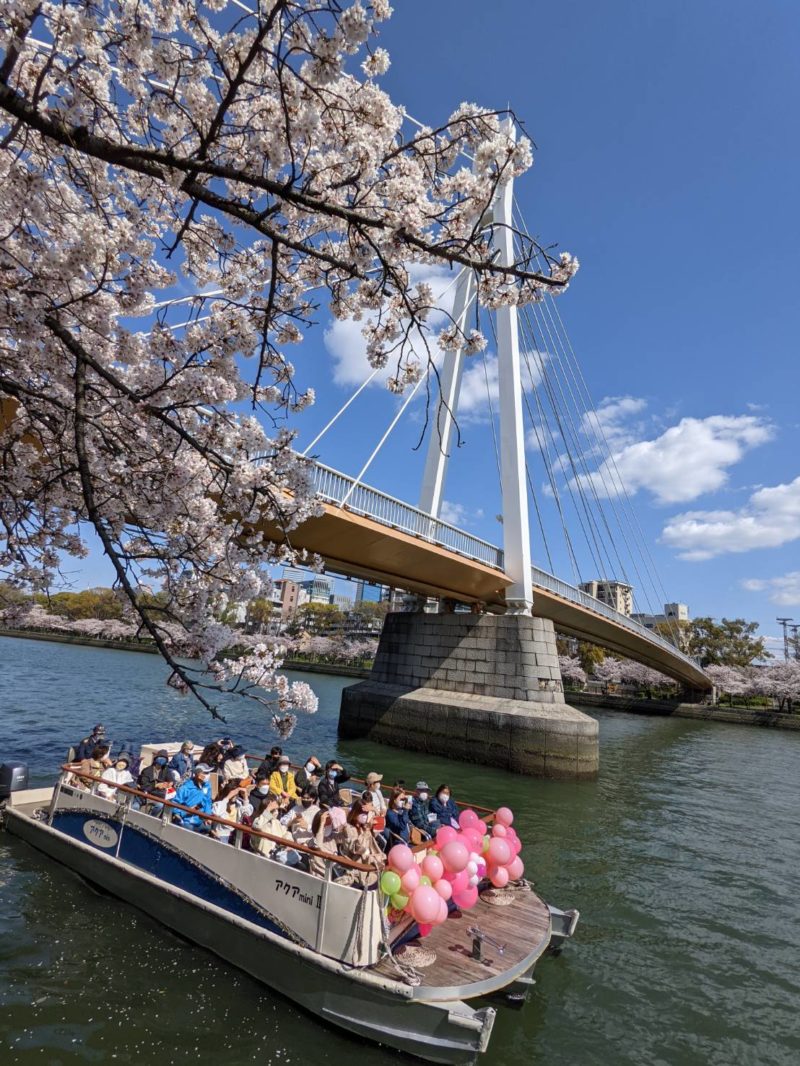
One of my favorite things to do in the city is cruise in a covered yakatabune. These traditional Japanese river boats are great for special occasions. Sit down to a sashimi dinner and drink sake in style. Most boats will have their own karaoke set-up. So you and your party can entertain each other with song and laughs as you cruise Osaka’s waterways. Most yakatabune require you to rent the whole boat, so if this is for you, it will require a small budget.
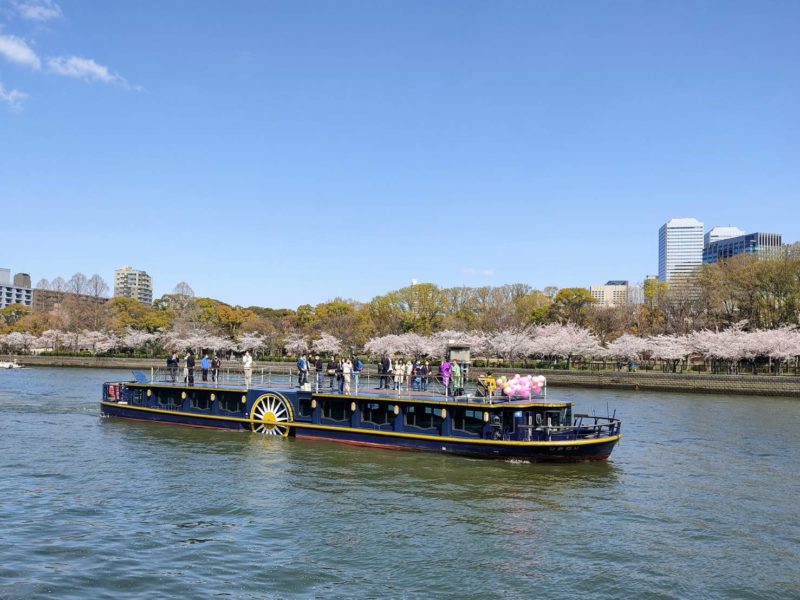
■ Conveniences
Since the Ōkawa runs right through the middle of the city, it’s so easy to get to! Choose from one of three nearby stations that will put you within a 5-minute walk of the river.
Tenmabashi Station on the Osaka Metro
Sakuranomiya Station on the JR Osaka Loop Line
Osakajokitazume Station on the JR Tōzai
And there are a handful of public bathrooms in the park. They are not luxurious by any means, but they do exist…
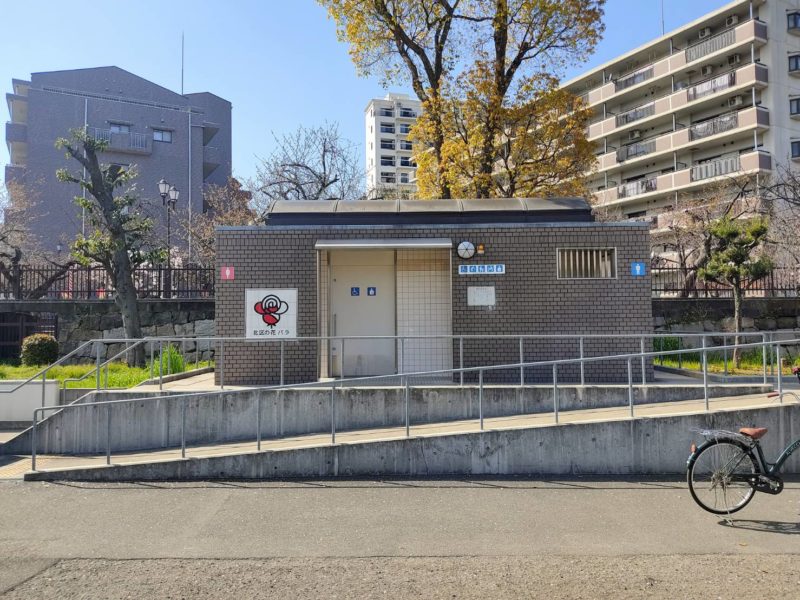
The terrain is a little different on each side of the river, but for the most of the length there is a dirt/gravel path and a paved walkway/cycle path. So don’t be deterred if you’re in a mobility device or you’ve got a stroller.
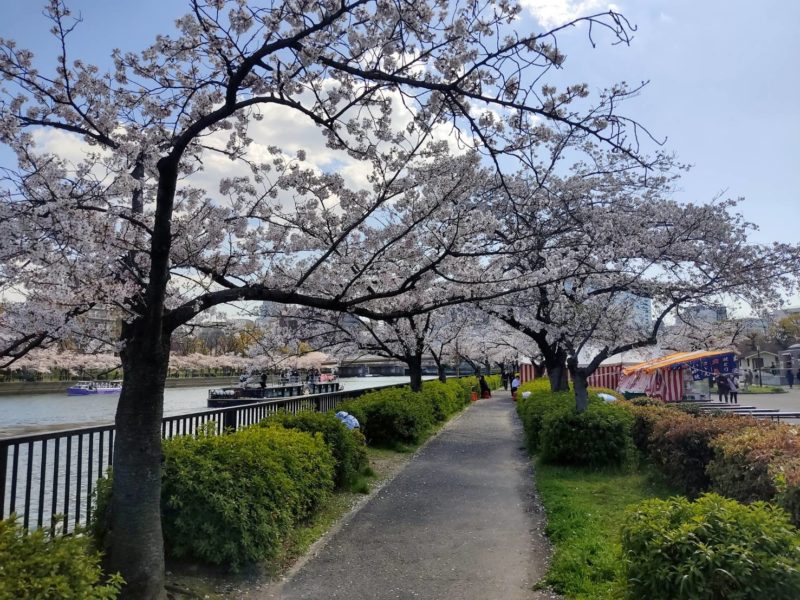
■The Trees
The Ōkawa is lined with some 3,000 Somei-yoshino cherry trees plus approximately 1,800 Yama-zakura (mountain cherry) and Sato-zakura trees. Somei-yoshino are probably what you imagine when you think of cherry-blossoms. They are a very pale pink ornamental species that was first cultivated in the later half of the Edo period (1603–1867). The pale pink or white flowers appear before any foliage so they are easily distinguished from Yama-zakura, which bloom at the same time as fresh.
Sato-zakura produce voluminous double blossoms in rich pink hues and the blossoms pop when the leaves have already sprouted. So you get a nice pink/green juxtaposition.
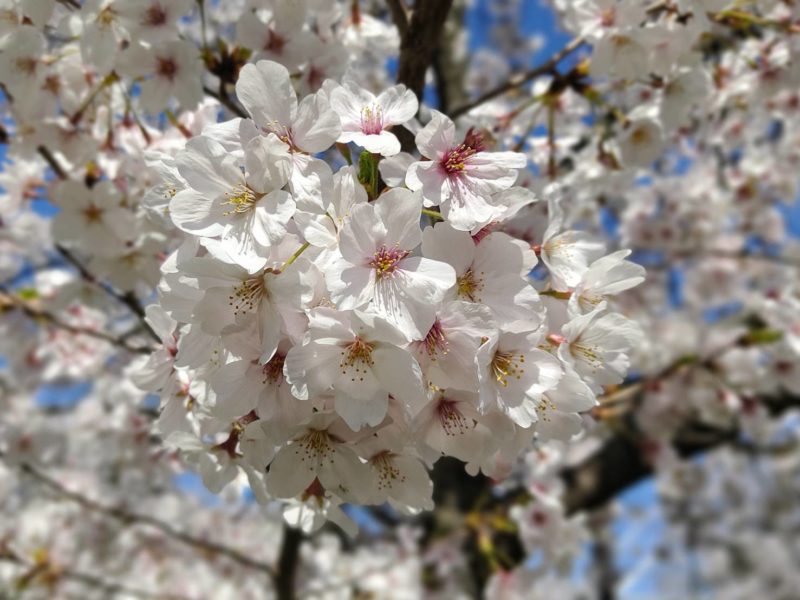
▲ Somei-yoshino blossoms
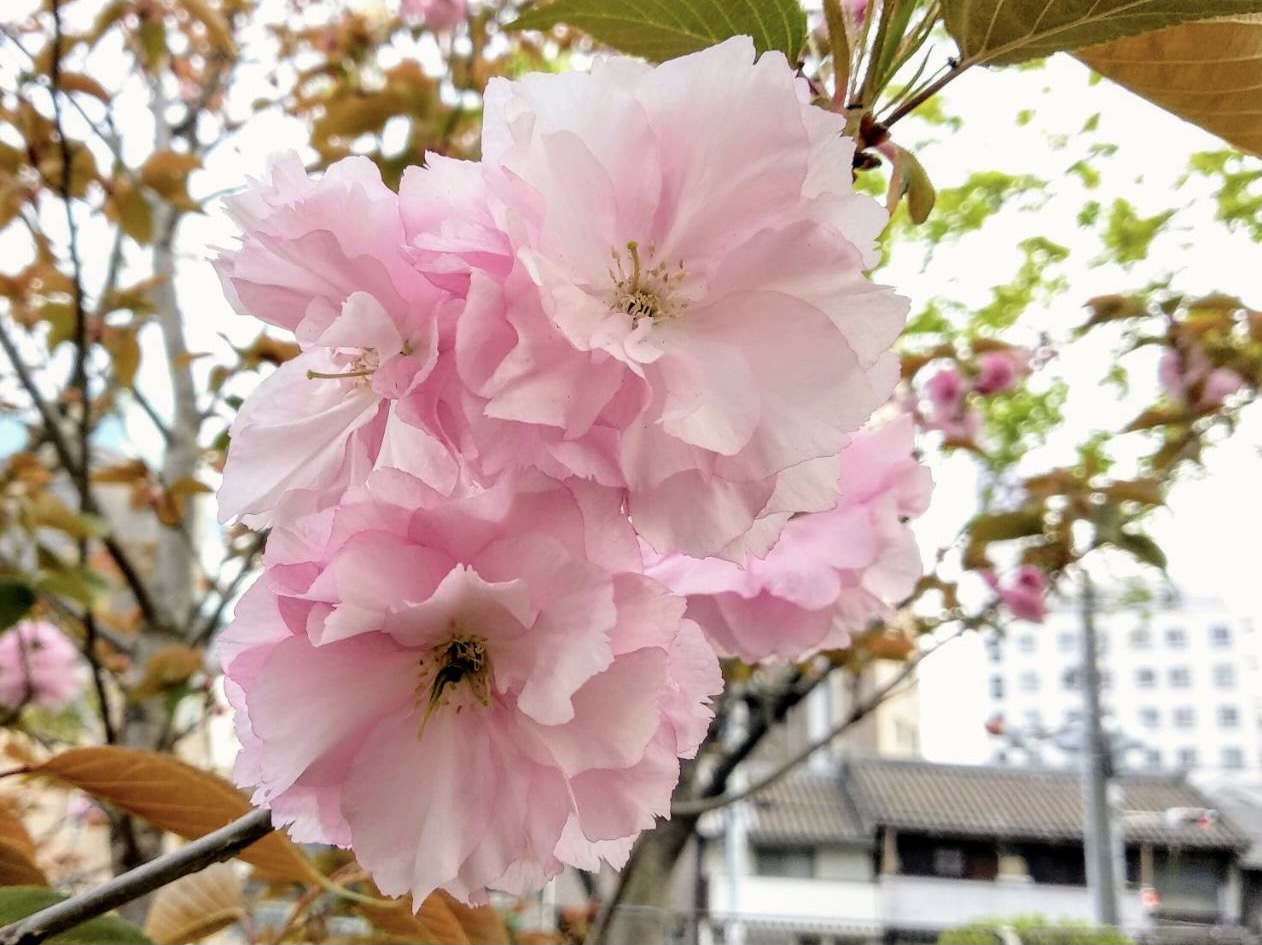
▲Double blossoms
■ A Little History
Hanami (flower-viewing) has a long history in Japan that can be traced back to at least the Nara period (710–794) when the emperor and other nobility would compose poems exalting the beauty of the spring flowers, especially Japanese plums (ume). With time, things change and cherry blossom popularity surpassed the plums during the Heian period (794–1185).
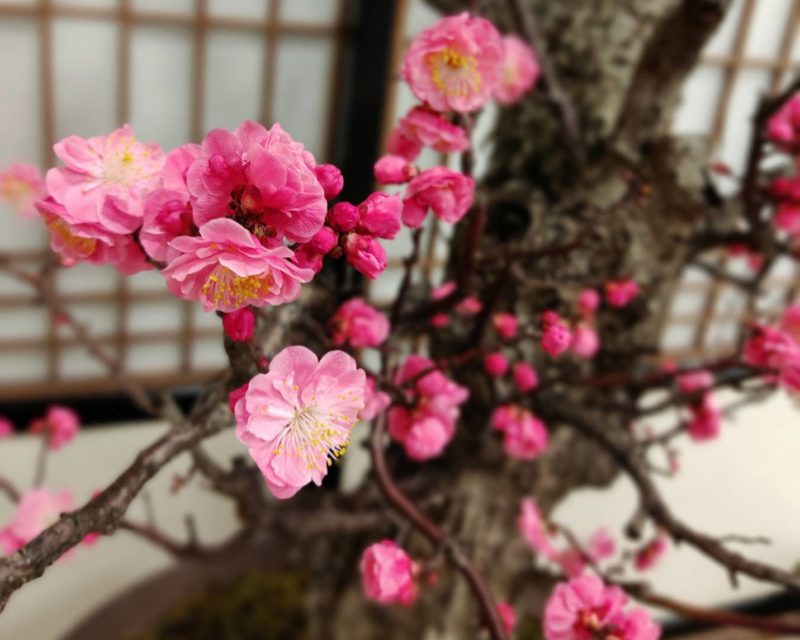
▲Plum blossoms
Both sides of the riverbank near Sakuranomiya have been popular destinations for cherry-blossom viewing since at least the Edo period (1603–1867). Unfortunately, the trees on the east bank sustained considerable damage during the 1885 flooding of the nearby Yodo River, but have since recovered.
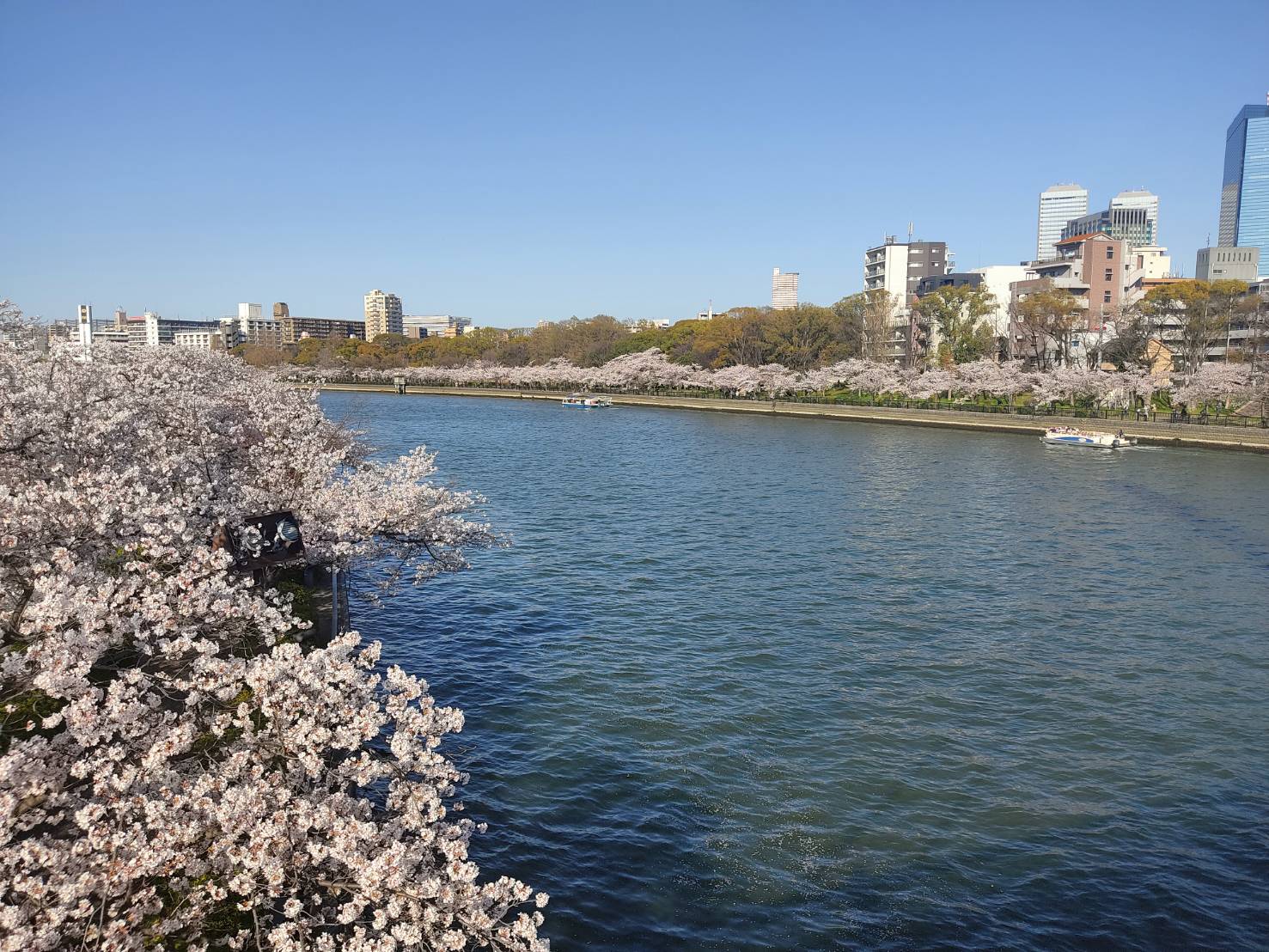
Skip a few centuries and here we are today, and the Ō River parks are full of families, couples, and business acquaintances together under the cherry trees to picnic, snap photos, and drink while taking in the beauty of spring.
If you’re familiar with the Japanese calendar, you’ll note that April is the start of the new school and business year. So it’s seen as a time of transition and growth. People compare the quickly fleeting flowers to the impermanence and beauty in life. And since the blooms coincide with graduation ceremonies and the start of the new year, graduates and new students often pose in front of the trees to commemorate the occasion.
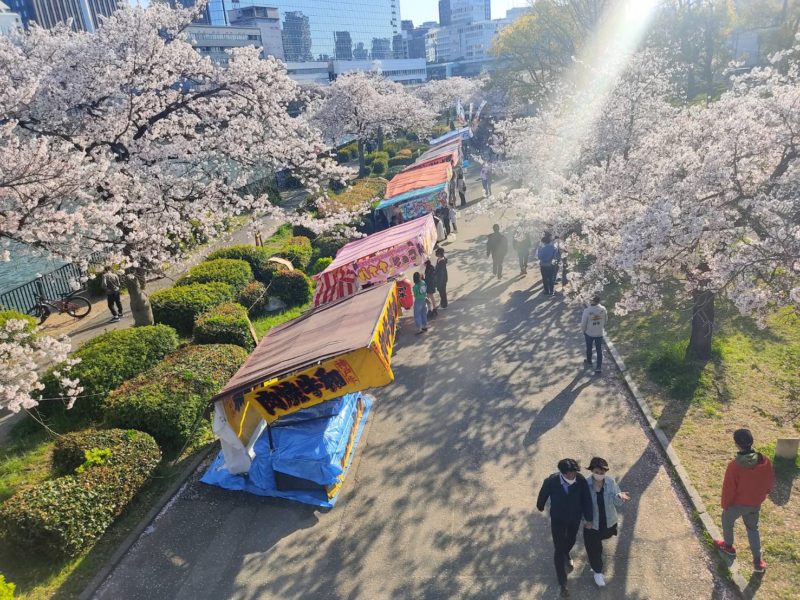
Side-note: The trees along Ōkawa usually bloom in late March to April. It is also worth noting that The Japan Mint is also in this neighborhood and opens its cherry promenade for only one week every year.
▼If you enjoyed this article, read more!
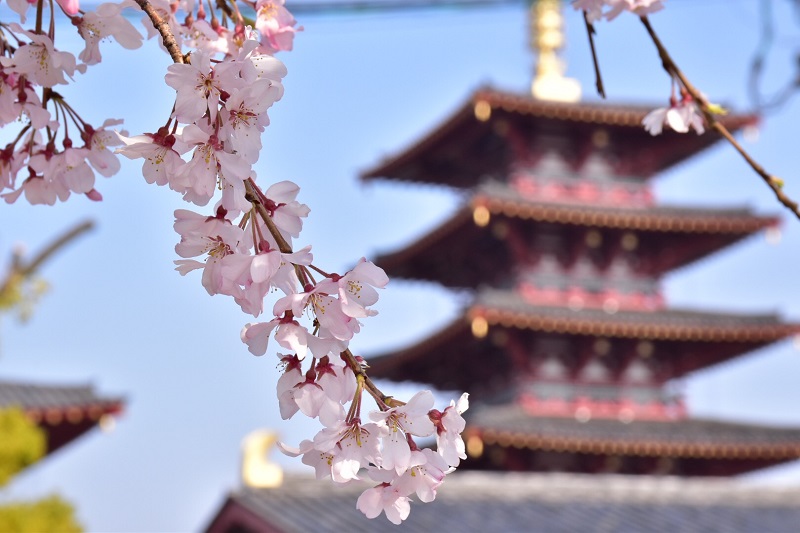 Cherry Blossom Season in Japan
Cherry Blossom Season in Japan9 Amazing Osaka Hotspots

Supporter
The contents of this page were current at the time it was posted, but may differ from the present.
Text visible in this map is based on information from Map Tiler and may differ from actual geographical names.

